
How to Use MCP3008: Examples, Pinouts, and Specs
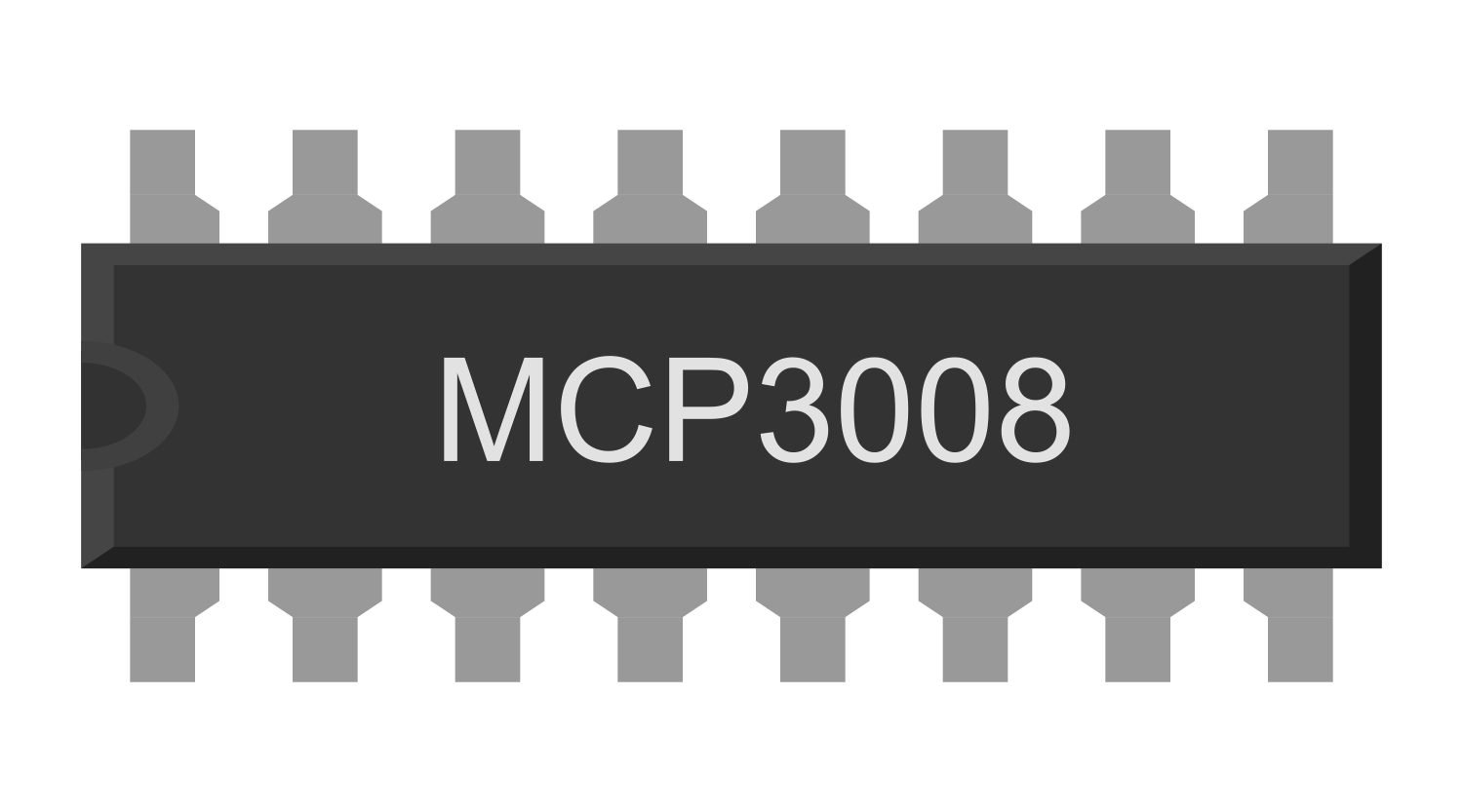
 Design with MCP3008 in Cirkit Designer
Design with MCP3008 in Cirkit DesignerIntroduction
The MCP3008 is an 8-channel, 10-bit analog-to-digital converter (ADC) manufactured by MCP. It is designed to convert analog signals into digital data, enabling microcontrollers to process and interpret analog inputs. The MCP3008 communicates using the SPI (Serial Peripheral Interface) protocol, which ensures fast and reliable data transfer. This component is widely used in embedded systems for interfacing with sensors, potentiometers, and other analog devices.
Explore Projects Built with MCP3008
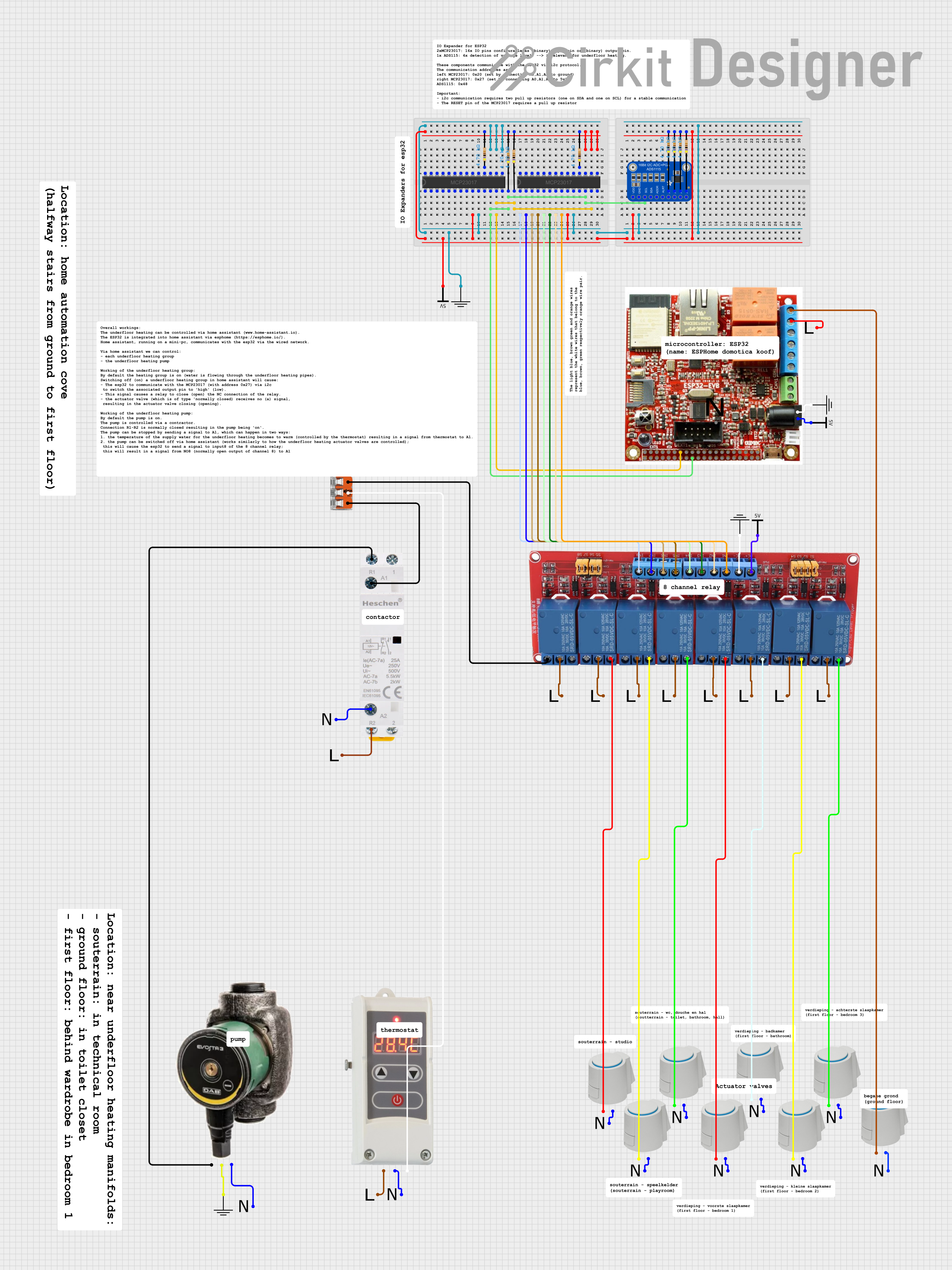
 Open Project in Cirkit Designer
Open Project in Cirkit Designer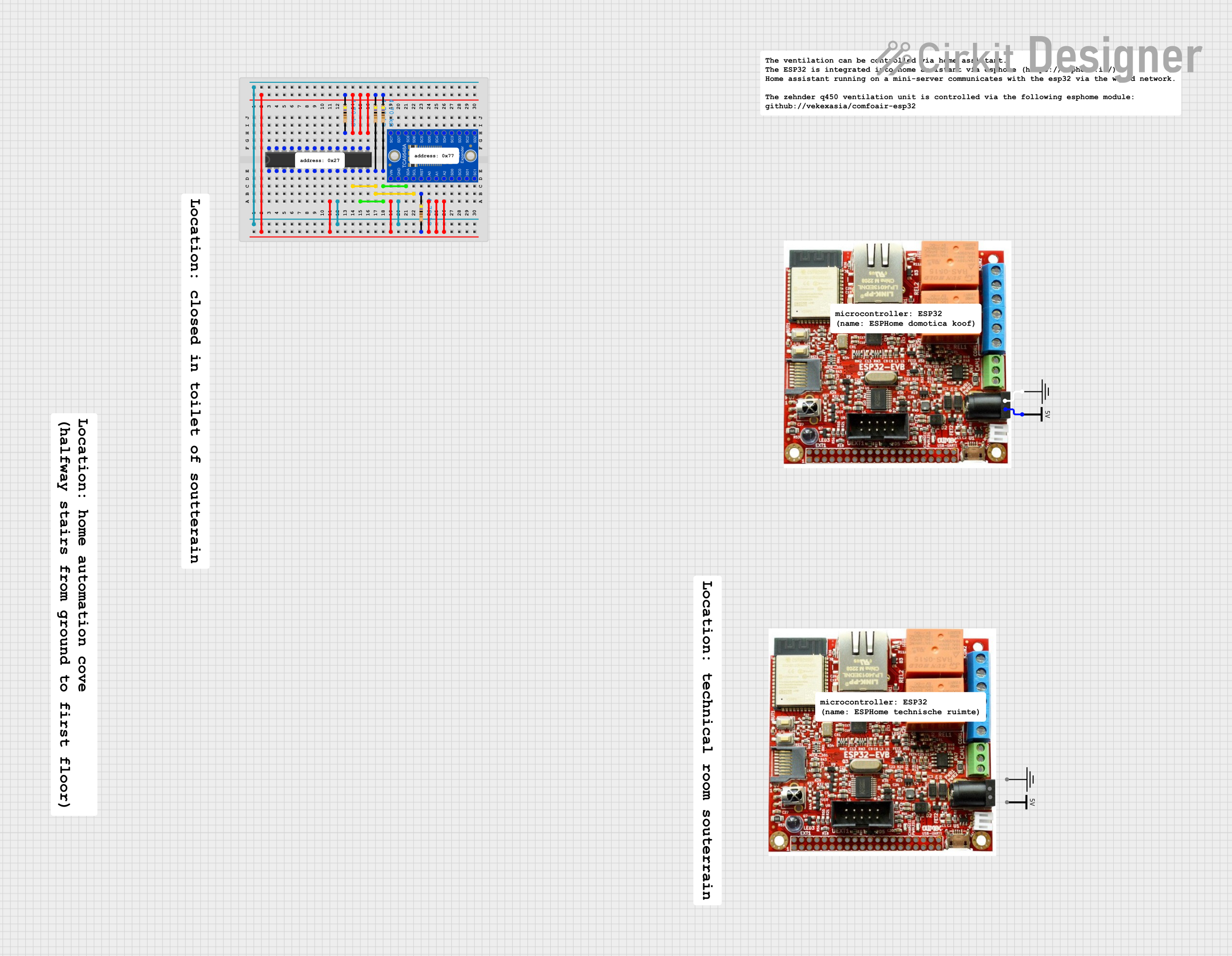
 Open Project in Cirkit Designer
Open Project in Cirkit Designer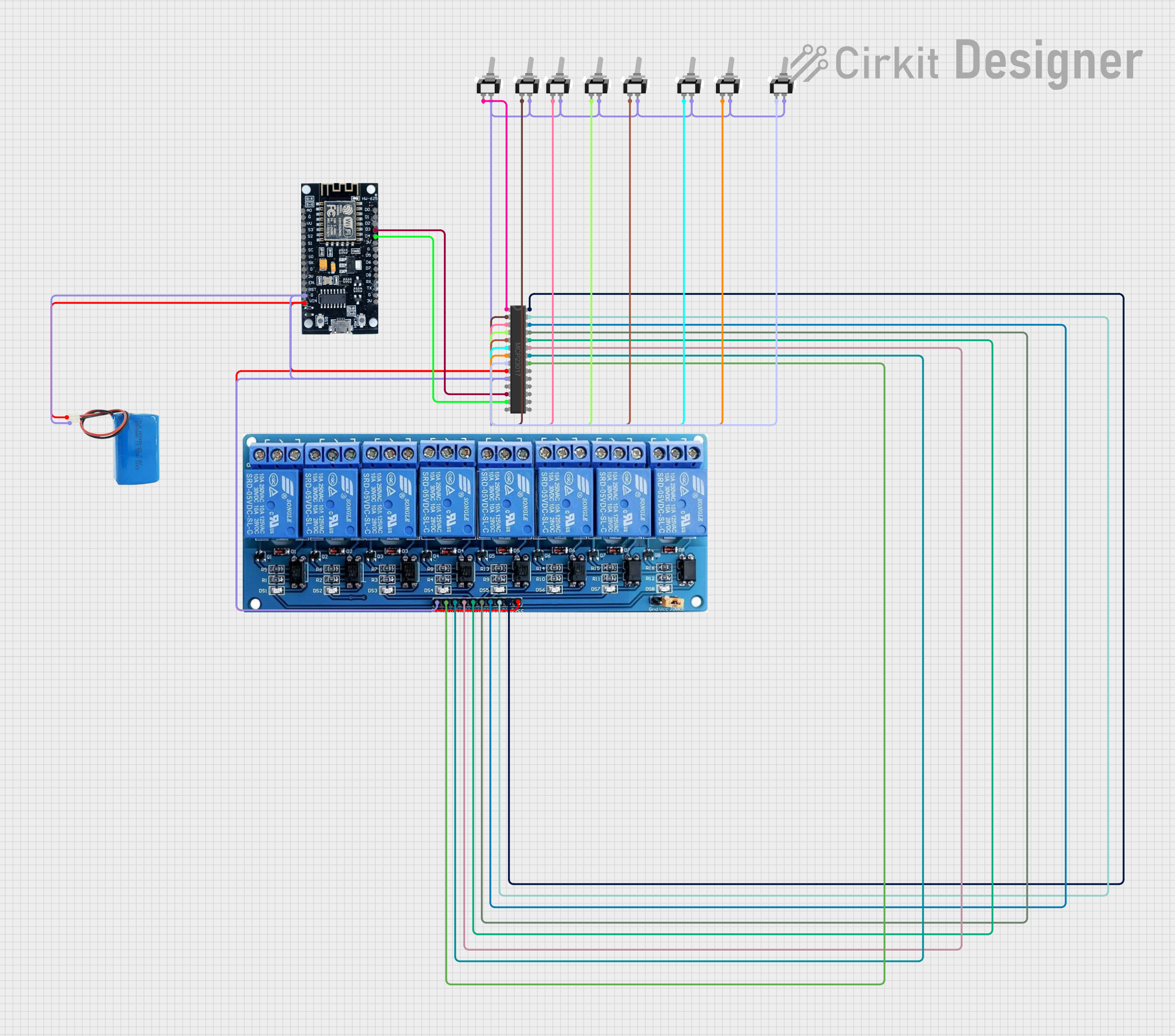
 Open Project in Cirkit Designer
Open Project in Cirkit Designer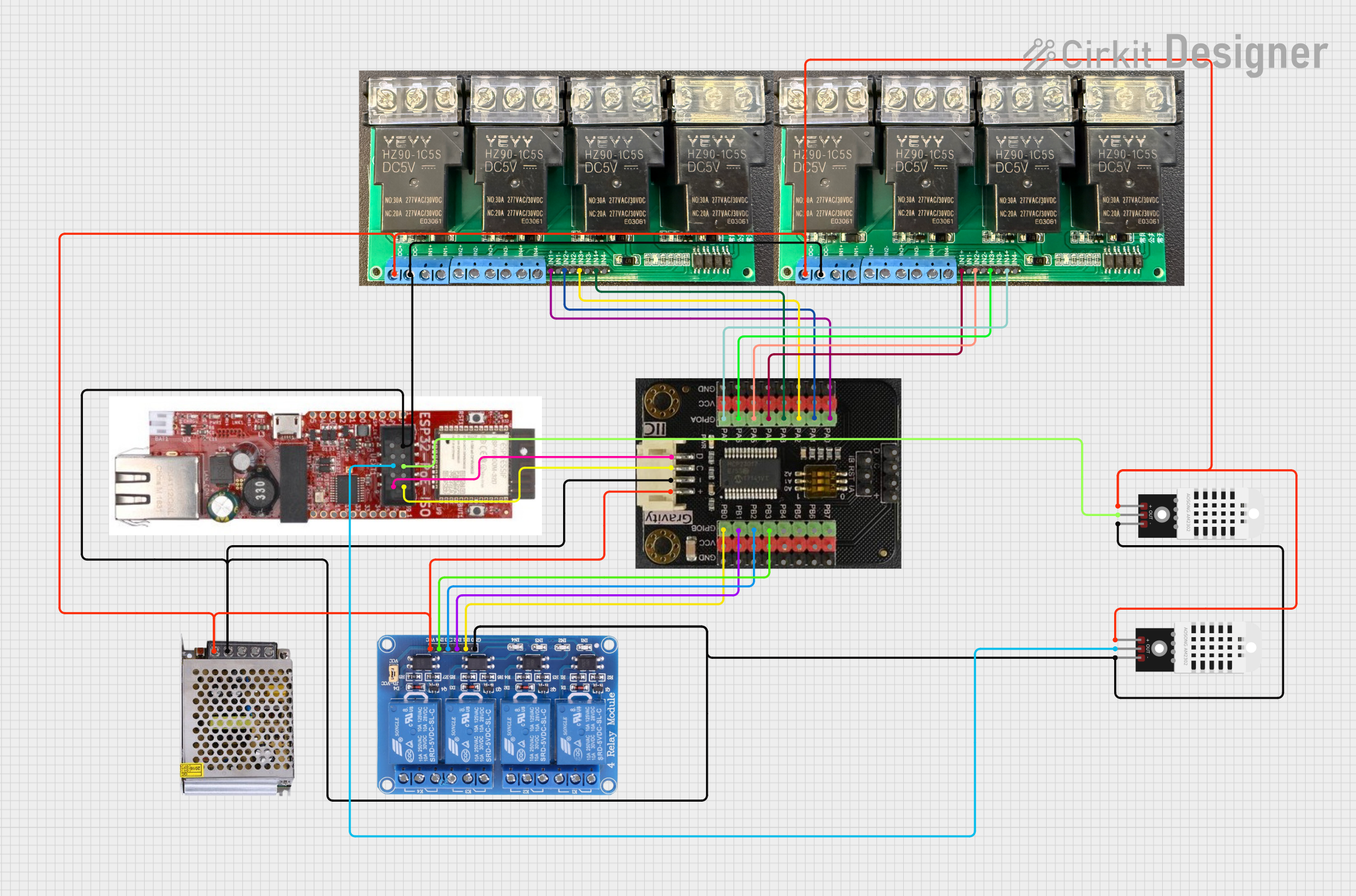
 Open Project in Cirkit Designer
Open Project in Cirkit DesignerExplore Projects Built with MCP3008

 Open Project in Cirkit Designer
Open Project in Cirkit Designer
 Open Project in Cirkit Designer
Open Project in Cirkit Designer
 Open Project in Cirkit Designer
Open Project in Cirkit Designer
 Open Project in Cirkit Designer
Open Project in Cirkit DesignerCommon Applications and Use Cases
- Reading analog sensor data (e.g., temperature, light, or pressure sensors)
- Interfacing with potentiometers for user input
- Monitoring battery voltage levels
- Data acquisition systems
- Robotics and IoT projects
Technical Specifications
The MCP3008 is a versatile ADC with the following key specifications:
| Parameter | Value |
|---|---|
| Resolution | 10-bit (0–1023 digital output) |
| Number of Channels | 8 (single-ended) or 4 (differential) |
| Communication Protocol | SPI (Serial Peripheral Interface) |
| Operating Voltage Range | 2.7V to 5.5V |
| Maximum Sampling Rate | 200 ksps (at 5V) |
| Input Voltage Range | 0V to VDD |
| Power Consumption | 5 µA (typical, standby mode) |
| Package Types | PDIP, SOIC, TSSOP |
| Temperature Range | -40°C to +85°C |
Pin Configuration and Descriptions
The MCP3008 has 16 pins, as described in the table below:
| Pin Number | Pin Name | Description |
|---|---|---|
| 1 | CH0 | Analog input channel 0 |
| 2 | CH1 | Analog input channel 1 |
| 3 | CH2 | Analog input channel 2 |
| 4 | CH3 | Analog input channel 3 |
| 5 | CH4 | Analog input channel 4 |
| 6 | CH5 | Analog input channel 5 |
| 7 | CH6 | Analog input channel 6 |
| 8 | CH7 | Analog input channel 7 |
| 9 | DGND | Digital ground |
| 10 | CS/SHDN | Chip select (active low) / Shutdown control |
| 11 | DIN | Data input (SPI MOSI) |
| 12 | DOUT | Data output (SPI MISO) |
| 13 | CLK | Clock input (SPI SCK) |
| 14 | AGND | Analog ground |
| 15 | VREF | Reference voltage input (sets the ADC range) |
| 16 | VDD | Positive power supply (2.7V to 5.5V) |
Usage Instructions
How to Use the MCP3008 in a Circuit
- Power Supply: Connect the VDD pin to a 3.3V or 5V power source, and connect the AGND and DGND pins to ground.
- Reference Voltage: Connect the VREF pin to a stable reference voltage (e.g., 3.3V or 5V). This determines the ADC's input range.
- SPI Connections:
- Connect the
CS/SHDNpin to a GPIO pin on the microcontroller for chip select. - Connect the
DINpin to the SPI MOSI pin on the microcontroller. - Connect the
DOUTpin to the SPI MISO pin on the microcontroller. - Connect the
CLKpin to the SPI SCK pin on the microcontroller.
- Connect the
- Analog Inputs: Connect up to 8 analog signals to the CH0–CH7 pins. Ensure the input voltage does not exceed VREF.
- SPI Configuration: Configure the microcontroller's SPI interface to communicate with the MCP3008. Use SPI mode 0 (CPOL = 0, CPHA = 0).
Example Code for Arduino UNO
The following example demonstrates how to read an analog value from channel 0 of the MCP3008 using an Arduino UNO:
#include <SPI.h>
// Define MCP3008 connections
const int CS_PIN = 10; // Chip select pin connected to Arduino pin 10
void setup() {
Serial.begin(9600); // Initialize serial communication
SPI.begin(); // Initialize SPI communication
pinMode(CS_PIN, OUTPUT);
digitalWrite(CS_PIN, HIGH); // Set CS pin to HIGH (inactive)
}
int readMCP3008(int channel) {
// Ensure the channel is valid (0-7)
if (channel < 0 || channel > 7) return -1;
// Start SPI communication
digitalWrite(CS_PIN, LOW);
// Send start bit, single/diff bit, and channel bits
byte command = 0b00000001; // Start bit
byte config = (0b10000000 | (channel << 4)); // Single-ended, channel selection
SPI.transfer(command);
byte highByte = SPI.transfer(config);
byte lowByte = SPI.transfer(0x00);
// End SPI communication
digitalWrite(CS_PIN, HIGH);
// Combine high and low bytes into a 10-bit result
int result = ((highByte & 0x03) << 8) | lowByte;
return result;
}
void loop() {
int value = readMCP3008(0); // Read from channel 0
Serial.print("Channel 0 Value: ");
Serial.println(value);
delay(1000); // Wait 1 second before the next reading
}
Important Considerations and Best Practices
- Input Voltage Range: Ensure the analog input voltage does not exceed VREF to avoid damage or incorrect readings.
- Decoupling Capacitors: Place a 0.1 µF ceramic capacitor close to the VDD pin to reduce noise.
- SPI Speed: Use an appropriate SPI clock speed (e.g., 1 MHz) to ensure reliable communication.
- Unused Channels: If not all channels are used, connect unused channels to ground to prevent floating inputs.
Troubleshooting and FAQs
Common Issues and Solutions
No Output or Incorrect Readings:
- Verify all connections, especially SPI pins and power supply.
- Ensure the
CS/SHDNpin is correctly toggled during communication. - Check that the SPI mode is set to mode 0 (CPOL = 0, CPHA = 0).
Floating or Noisy Readings:
- Ensure unused analog input channels are connected to ground.
- Use proper shielding and grounding techniques to minimize noise.
Low Accuracy or Resolution:
- Verify that the reference voltage (VREF) is stable and noise-free.
- Ensure the input signal is within the specified range (0V to VREF).
FAQs
Q: Can the MCP3008 be used with 3.3V systems?
A: Yes, the MCP3008 operates with a supply voltage as low as 2.7V, making it compatible with 3.3V systems.
Q: What is the maximum sampling rate of the MCP3008?
A: The maximum sampling rate is 200 ksps when operating at 5V.
Q: Can I use the MCP3008 with a Raspberry Pi?
A: Yes, the MCP3008 is fully compatible with the Raspberry Pi's SPI interface.